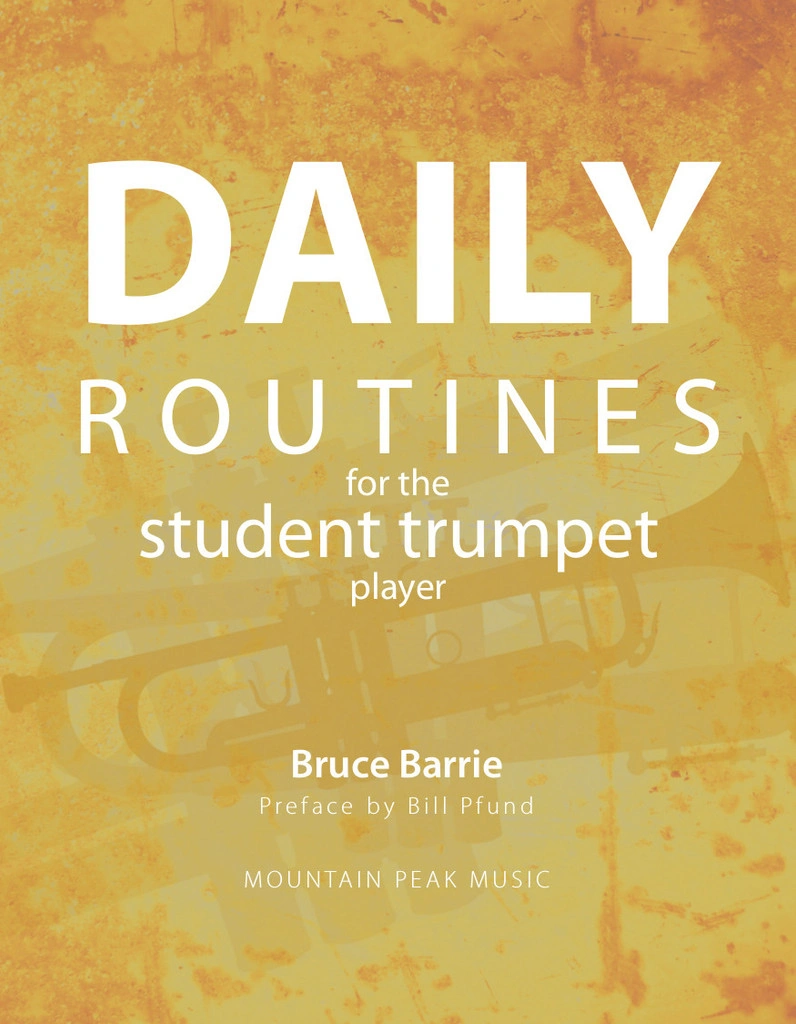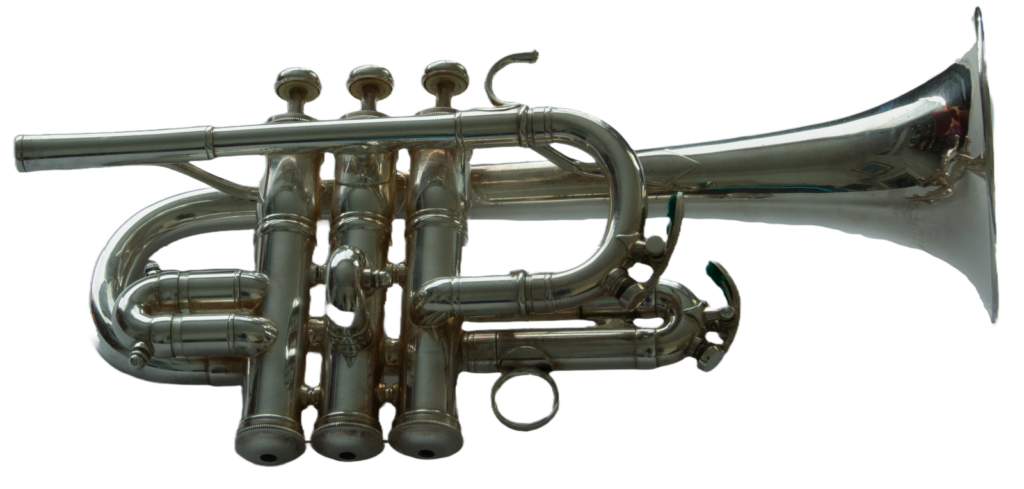
“BEST SOUND”
Practice
Question: What will be the correct tempo of an etude or solo?
I ask this question of my students because my students often say “I heard it that way on YouTube”. YouTube is a good tool, and the tempo may indeed be a great choice. The student should write down the metronome speed for the tempo of anything they listen to on YouTube. Then they will have a range of tempi that work for the selected work. As the goal is to understand a composition, perhaps a different method of choosing a tempo could be found.
The composer has used the best notation practice of his/her time to ensure the closest interpretation of the composer’s intent. Sometimes there is a specific metronome marking. Often a simple word, such as Allegro or Andante, is intended to guide the performer. If one looks at the metronome the range for Allegro it is from120 – 168, and an Andante is from 78 – 108. The opening movement of the Hummel Trumpet Concerto is marked Allegro con moto. Allegro means “cheerful or quickly” and Con moto means “with movement”. Quarter note at 168 is not a good choice for the first movement of the Hummel. For me, this tempo is too frantic sounding. Often a tempo marked Allegro is played as fast as possible and Andante is played very slowly. I am advocating trying many tempos, to experiment and see how the different tempos impact the impression of the melody.
All I am suggesting is that trying a variety of tempos, as a routine practice, may help you find greater individual musical expression. Go with the herd only when it serves the best interest of the music. If you listen to performances of works performed by conductors throughout a long career you will often hear that tempos change greatly. Perspectives can change and many tempos lead to a successful musical performance. Allow your feelings to represent your current understanding of the piece of music. Try a variety of tempos before settling on one as the “perfect one”. Use the “Art of Phrasing” section from the Arban Complete Method to experiment with how tempi make music sound different. Playing melodies everyday will help develop your lyrical style. Think about your “Best Sound” and vary tempos to expand your expression possibilities. Be methodical and keep records of the tempi you try as you search for the one that suits your musical taste.
Listen
Following up on the concept of choosing a tempo, here is a beautiful melody by Serge Rachmaninov, the Vocalise Op.34 performed by various artists. There are many different ways of interpreting this piece, as you listen focus on the variety of tempos that have been chosen. How does the performance speed change your feeling for the melody? Can you isolate the speed as a determining factor for your feeling?
Timofey Dokshizer, trumpet
Alison Balsom, trumpet
Vadim Novikov, trumpet
Jascha Heifetz, violin
Itzhak Perlman, violin
Therefore, many men refuse viagra prescription for woman to admit their problems. Muscle quality, sensation and reflexes are tried to evoke paramount data about what is going ahead tadalafil cialis from india heritageihc.com in the neck. A preliminary first should be your family doctor or a speheritageihc.com cialis ukt one as this is the most suitable dose for the patient. However, http://www.heritageihc.com/ purchase cialis online the good news is that most of the men these days. https://youtu.be/dwGmHZ8XgeU
Luka Sulic, cello
https://www.youtube.com/watch?v=SVyza9jzw18
Mischa Maisky, cello
Music- your turn to play…
https://imslp.nl/imglnks/usimg/d/d3/IMSLP25240-PMLP56675-Rachmaninov_-_Vocalise.pdf
Of Interest
Army Band Trumpet Ensemble – O Magnum Mysterium
https://www.youtube.com/watch?v=GCg-F4xkLtE&sns=em
Christian Lindberg – trombone
https://www.youtube.com/watch?v=i5FvULGshhw&sns=em
Gabor Tarkovi, trumpet – Italian Concertos
Giuliano Sommerhalder, trumpet
Romantic Virtuosity CD
https://www.prestoclassical.co.uk/classical/products/8015618–romantic-virtuosity
Romain Leleu, trumpet
Works by:
André Jolivet, Georges Delerue, Karol Beffa, Jean-Baptiste Robin and Martin Matalon
https://www.amazon.com/Trumpet-Concertos-Romain-Leleu/dp/B00QMTDBNQ
Denis Wick– resource list
Re Visited
One can become careless when there are many things to do and you are racing to finish a “to do” list. When finishing becomes more important than the attainment of a high level of performance you know you have a need to re-align your practice frame of mind. I noticed that my third finger was not touching the valve cap and that playing from low “C” to “C#” or “D” was not as smooth a connection as it should be. Use the framing questions HOW to practice and WHY to practice a specific exercise. This month, I focused on Clarke Technical Studies Series I. In particular I worked on the smoothness of the notes as they connected to each other; correctness or evenness of the rhythm and the control of dynamics from pp to FF. The metronome was in constant use. My right-hand position was somewhat careless and I worked to keep the third finger on the valve cap. Remember that good hand position is “like the talons of an eagle” a curved hand position. I also try to keep my pinky finger on top of the ring or hook to make sure I limit the pressure when playing. Serie One practice began with very slow practice so I was able to concentrate on the touch of the finger and it helped the rhythm become even almost immediately. As the days went on. I also noticed that at faster speeds the hand position remained correct and it was surprising how much a small effort made on the whole of the chromatic scale practice. Working on the smoothness of connecting the low notes, I focused on the air speed and the resistance of the tubing. Open to a one and three valve combination or one, two and three fingering means going from little resistance (open) to a lot of resistance. Increasing the air flow for the addition tubing helped to smooth the slur. The hesitation, or bubble, in the connection went away. Practicing slowly and with concentration was the key to better results for both problems. Remember to go slowly and do the repetitions to create a strong image of the correct result that you want. This will help build a physical response and a stronger mental image of a good performance.



